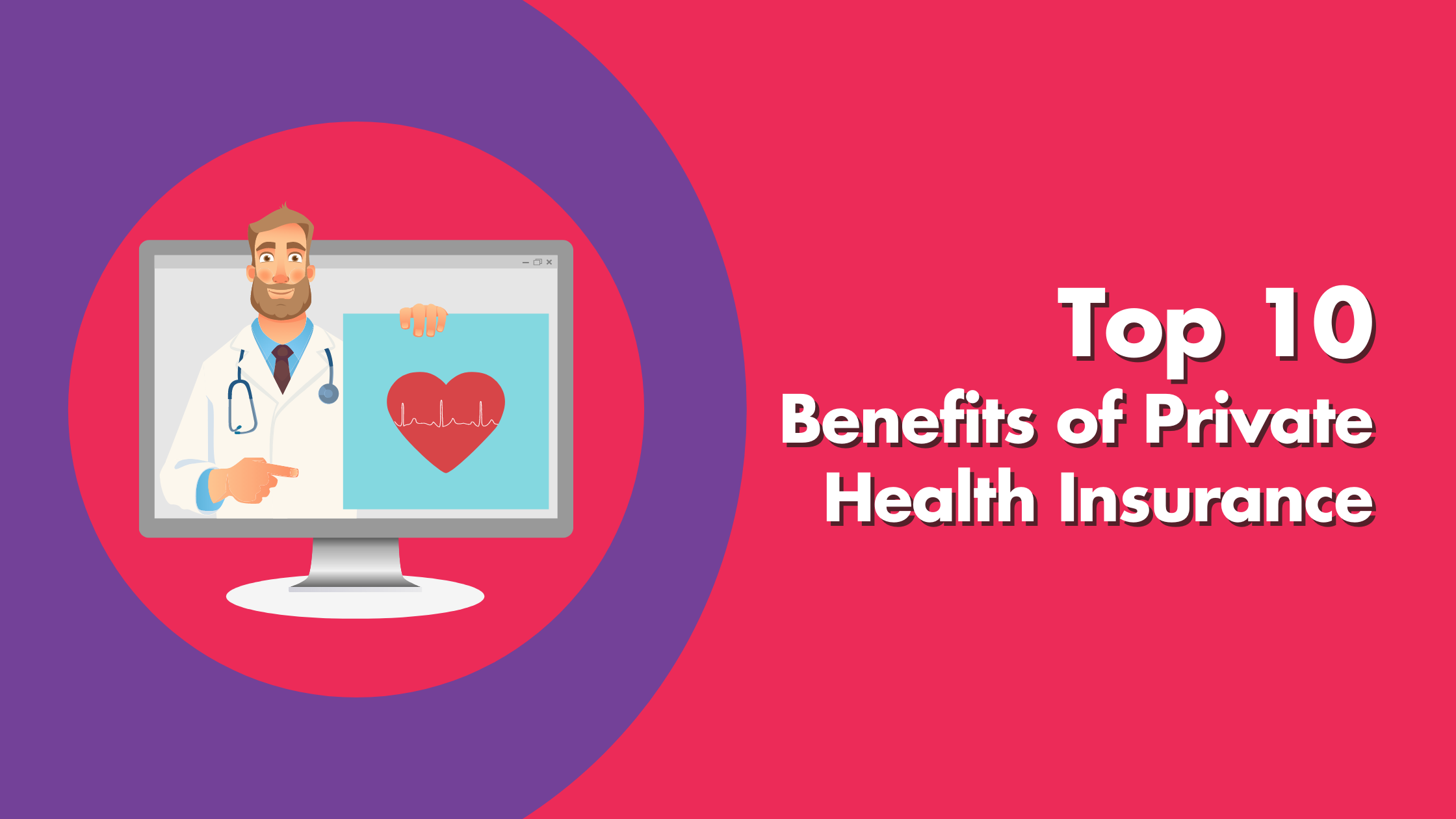The Ultimate Guide To Medicare Advantage Agent
The Ultimate Guide To Medicare Advantage Agent
Blog Article
Medicare Advantage Agent - Questions
Table of ContentsA Biased View of Medicare Advantage AgentA Biased View of Medicare Advantage AgentThe smart Trick of Medicare Advantage Agent That Nobody is Discussing

adheres to from puzzling the fairly young age profile of the uninsured with the better health and wellness, typically, of younger persons. This covers the link in between health status and medical insurance. For those without accessibility to workplace medical insurance, poor health and wellness is a potential obstacle to purchasing nongroup protection since such protection might be very valued, omit pre-existing problems, or be just inaccessible. The variety of without insurance Americans is not particularly huge and has not changed in the last few years. Seven out of ten participants in a country wide representative survey thought that less Americans lacked medical insurance than actually do(Fronstin, 1998). Roughly fifty percent(47 percent )thought that the number of individuals without health and wellness insurance coverage lowered or stayed consistent over the last fifty percent of the last decade(Blendon et al., 1999). This drop of practically 2 million in the variety of people 'without insurance policy (a decrease
of about 4 percent)is definitely a favorable adjustment. With a softer economic situation in 2000 the newest reported gains in insurance policy protection may not proceed(Fronstin, 2001 ). The decline in the number of without insurance will certainly not proceed if the economic climate continues to be slow and healthcare expenses remain to surpass rising cost of living. This is because the information were gathered for a period of solid financial performance. Of the estimated 42 million individuals that were uninsured, almost about 420,000(regarding 1 percent)were under 65 years old, the age at which most Americans end up being eligible for Medicare; 32 million were grownups in between ages 18 and 65, around 19 percent of all grownups in this age team; and 10 million were kids under 18 years of age, regarding 13.9 percent of all youngsters (Mills, 2000). These quotes of the number of persons without insurance are generated from the yearly March Supplement to the Existing Populace Survey (CPS), performed by the Demographics Bureau. Unless otherwise kept in mind, national price quotes of individuals without medical insurance and percentages of the populace with various kinds of coverage are based on the CPS, one of the most widely used source of estimates find more info of insurance policy protection and uninsurance prices. These surveys and the estimates they produce are described briefly in Table B. 1 in Appendix B - Medicare Advantage Agent. These surveys differ in dimension and tasting approaches, the questions that are inquired about insurance coverage
Examine This Report about Medicare Advantage Agent
insurance coverage, and the time period over which insurance coverage or uninsurance is gauged(Lewis et al., 1998, Fronstin, 2000a ). Still, the CPS is especially helpful because it produces annual price quotes relatively rapidly, reporting check these guys out the previous year's insurance policy coverage estimates each September, and because it is the basis for a regular set of price quotes for greater than 20 years, enabling analysis of patterns in protection in time.

Medicare Advantage Agent - An Overview
Over a three-year duration starting early in 1993, 72 million individuals, 29 percent of the united state population, lacked coverage for at the very least one month. Within a solitary year(1994), 53 million people experienced a minimum of a month without protection(Bennefield, 1998a). Six out of every 10 uninsured adults are themselves utilized. Functioning does boost the likelihood that one and one's household participants will have insurance coverage, it is not an assurance. Even members of family members with two full-time breadwinner have almost a one-in-ten chance of being without insurance (9.1 percent without insurance rate)(Hoffman and Pohl, 2000 ). The partnership between medical insurance and accessibility to care is well established, as documented later on in this phase. Although the connection in between wellness insurance and health and wellness results is neither direct nor basic, a substantial professional and health and wellness services research study literary works web links medical insurance protection
to better access to care, much better quality, and my sources improved personal and population wellness status. The 2nd record, on personal health outcomes for uninsured adults, is stood for by the innermost circle of the figure, while the 3rd record, on family members health, incorporates the topics of the 2nd report however emphasizes a different unit of evaluation, specifically, the family. The sixth report in the collection will provide details about strategies and campaigns undertaken locally, statewide, or nationally to resolve the absence of insurance coverage and its adverse influences. Levels of evaluation for examining the effects of uninsurance. This discussion of medical insurance coverage focuses mainly on the U.S. populace under age 65 since virtually all Americans 65 and older have Medicare or other public coverage.
The independent and straight effect of health and wellness
insurance coverage on access to health wellness solutions well established. For still others, wellness insurance alone does not make certain receipt of treatment because of various other nonfinancial obstacles, such as a lack of wellness care suppliers in their community, minimal access to transportation, illiteracy, or etymological and cultural differences. An adjustment in insurance costs or terms, as well as changes in revenue, health, marital standing, terms of work, or public policies, can set off a loss or gain of wellness insurance policy coverage.
Report this page